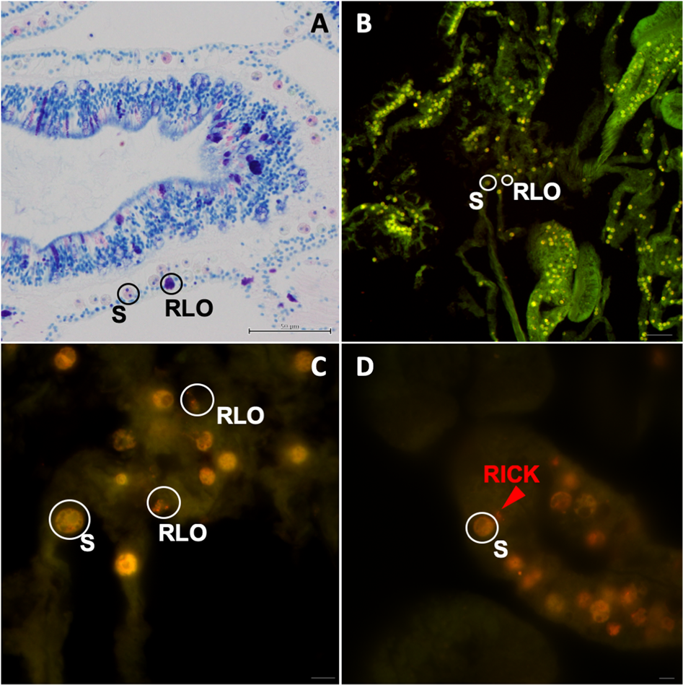Bumping this thread to get more of the members aware and more eyes on it!
I just gave Eli four more samples on Friday. Can't wait to see the results!
P.S. Word on the street is that Eli may be interviewed by some of the R2R folks soon....and some other exciting things are on the horizon for his lab.


















